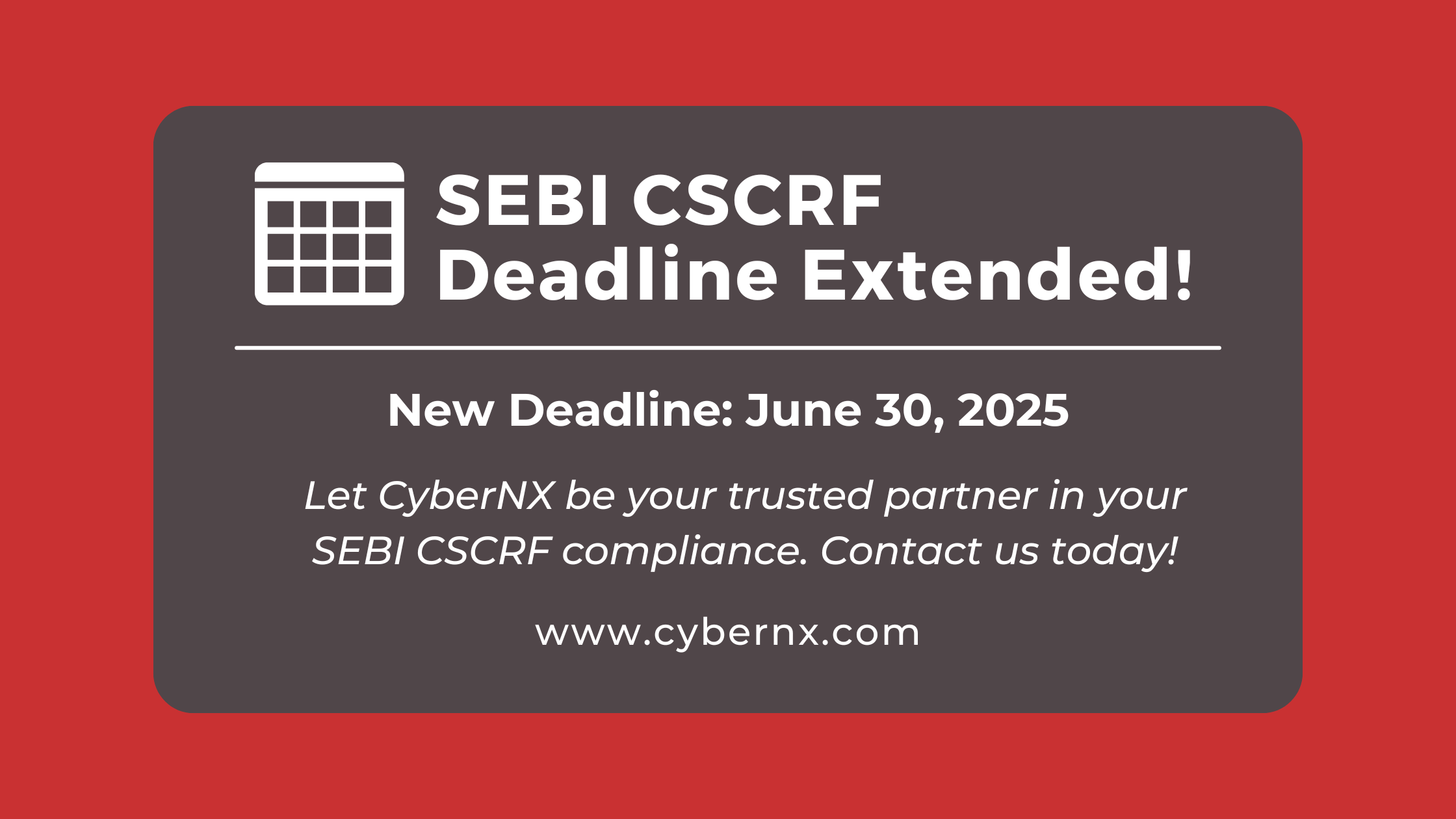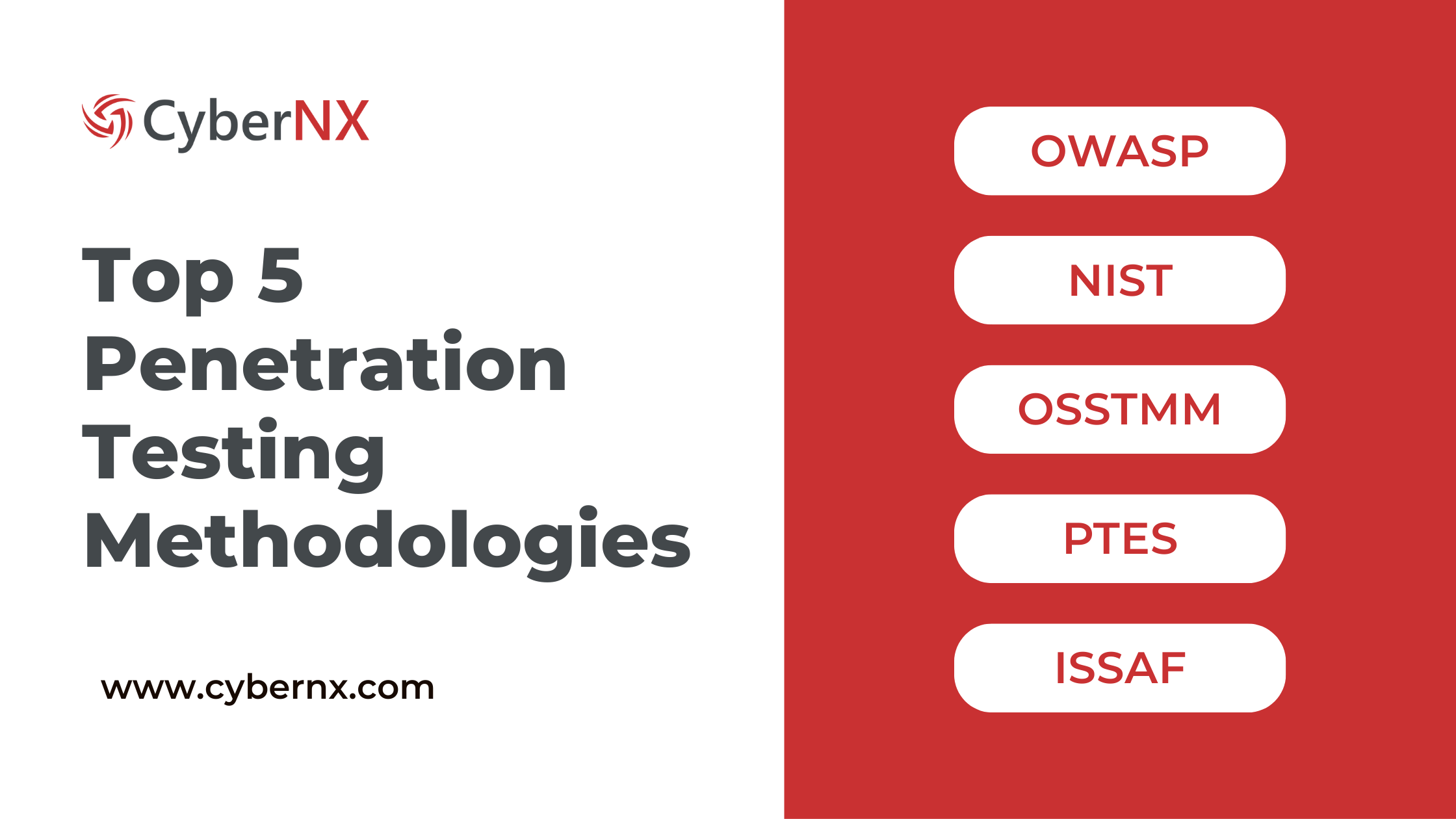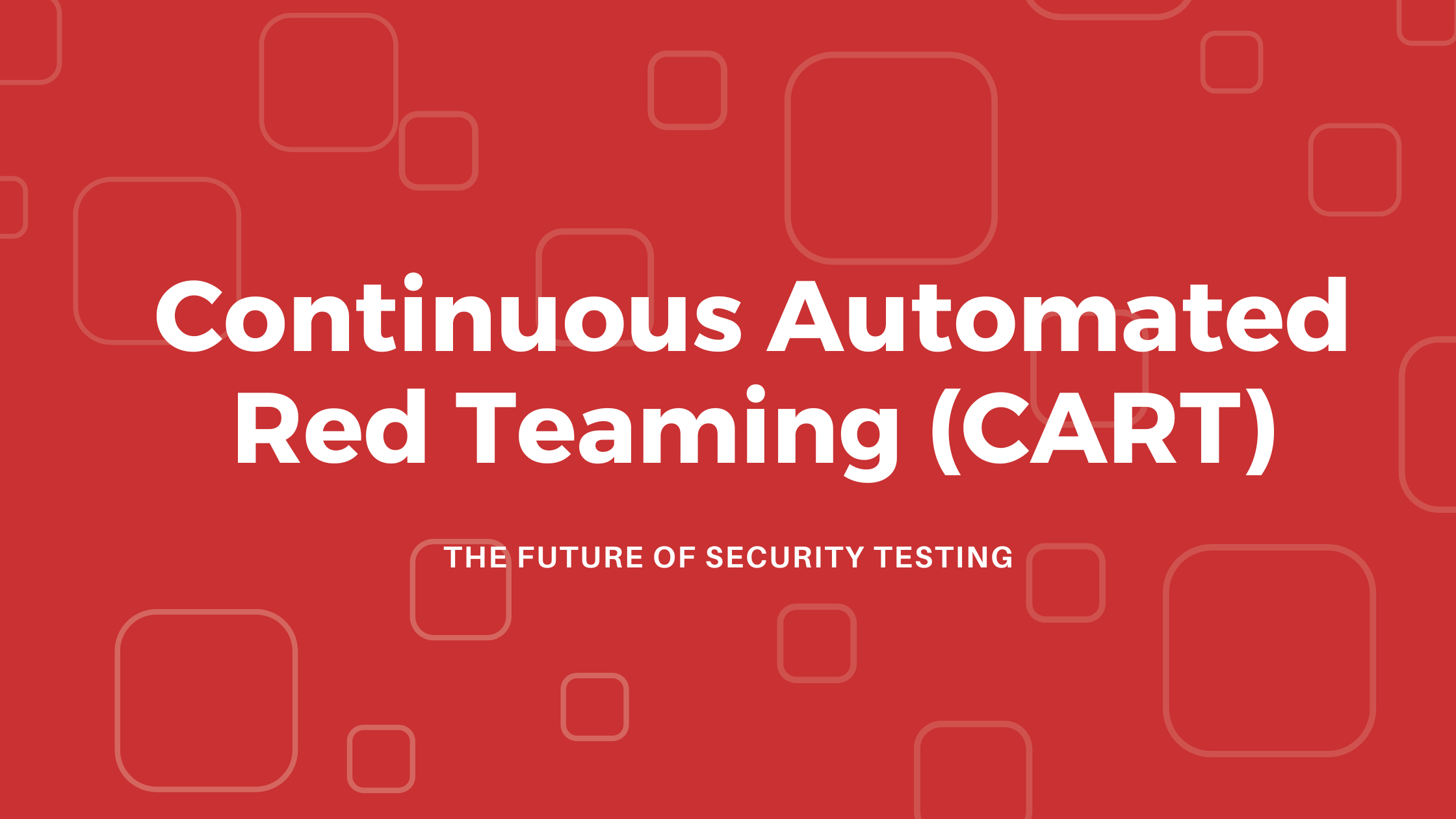
SEBI CSCRF Deadline Extended. Secure Your Organization NOW!
The Securities and Exchange Board of India (SEBI) has recently provided much-needed relief to Regulated Entities (REs) by extending the
Contents
The RBI Master Direction aims to enhance the IT governance, risk management, controls, and assurance practices of regulated entities (REs). The Master Direction consolidates and updates previous guidelines on IT governance, risk, controls, assurance practices, and business continuity/disaster recovery management. It applies to scheduled commercial banks (excluding regional rural banks), small finance banks, payments banks, non-banking financial companies, credit information companies, and all India financial institutions. The Master Direction comes into effect from 1 April 2024.
A critical component of the Master Direction is the emphasis on Vulnerability Assessment (VA) and Penetration Testing (PT), collectively known as VAPT. These security assessments are crucial for identifying and mitigating weaknesses in systems that could be exploited by malicious actors.
The Master Direction outlines specific VAPT requirements for regulated entities, particularly focusing on critical information systems. These are systems that handle sensitive data, have customer-facing interfaces or play a critical role in business operations3. Often, these systems reside in the De-Militarized Zone (DMZ), a network segment that acts as a buffer between the organisation’s internal network and the external internet. Here are the key VAPT requirements:
Implementing VAPT effectively requires a strategic approach that aligns with the RBI Master Direction and industry best practices.
CyberNX, a cybersecurity consulting company, can help regulated entities achieve and maintain compliance with the RBI Master Direction’s VAPT requirements. CyberNX can assist with:
VA and PT are both crucial security assessments but differ in their approach and objectives. VA is an automated process that scans systems and applications for known vulnerabilities. It relies on a database of known vulnerabilities and compares them to the systems being assessed. PT, on the other hand, involves simulating real-world attacks to identify exploitable weaknesses. It goes beyond simply identifying vulnerabilities by actively trying to exploit them, providing a more realistic assessment of the system’s security posture.
VAPT is essential for regulated entities to identify and mitigate security risks, protect sensitive data, ensure business continuity and comply with the RBI’s regulatory requirements. The Master Direction highlights VAPT as a critical component of a robust IT security framework. By proactively identifying and addressing vulnerabilities, entities can enhance their security posture, reduce the risk of cyberattacks and data breaches and maintain the trust and confidence of their customers.
VAPT assessments should be conducted by qualified security professionals with expertise in ethical hacking and vulnerability assessment methodologies. They should have a thorough understanding of industry best practices, relevant security standards and the specific requirements of the RBI Master Direction. Entities can choose to build internal VAPT capabilities or engage external cybersecurity consulting firms with a proven track record in conducting these assessments.
Once a VAPT assessment is completed, the most important step is to remediate identified vulnerabilities according to their severity and potential impact. The assessment report should provide detailed recommendations for remediation, including specific actions that need to be taken to address each vulnerability. Entities should prioritise remediation efforts based on the criticality of the affected systems and the potential impact of a successful exploit.
The RBI Master Direction mandates a minimum frequency for VAPT assessments, particularly for critical information systems. For these systems, VA must be conducted at least every six months, and PT must be conducted at least annually. For other systems that are not deemed critical, a risk-based approach is used to determine the appropriate frequency of VAPT assessments. Factors to consider when determining the frequency include the sensitivity of the data being processed, the system’s exposure to external threats and the organisation’s overall risk appetite.
CyberNX can assist Regulated Entities (REs) in conducting comprehensive gap assessments and achieving compliance with RBI Master Directions. Our services include implementing controls and automating compliance processes, creating dashboards, generating detailed reports, and more. Contact us today to streamline your RBI Master Direction compliance journey.
Share on
RESOURCES

The Securities and Exchange Board of India (SEBI) has recently provided much-needed relief to Regulated Entities (REs) by extending the

Cyberattacks are a constant threat. But what if you could fight fire with fire? Penetration testing methodologies are the tools

In the fast-paced world of cybersecurity, staying ahead of evolving threats requires more than just reactive measures. CISOs, CXOs, and
RESOURCES
Cyber Security Knowledge Hub
Copyright © 2025 CyberNX | All Rights Reserved | Terms and Conditions | Privacy Policy